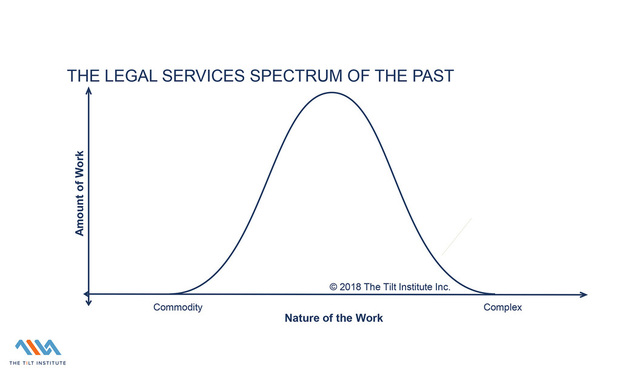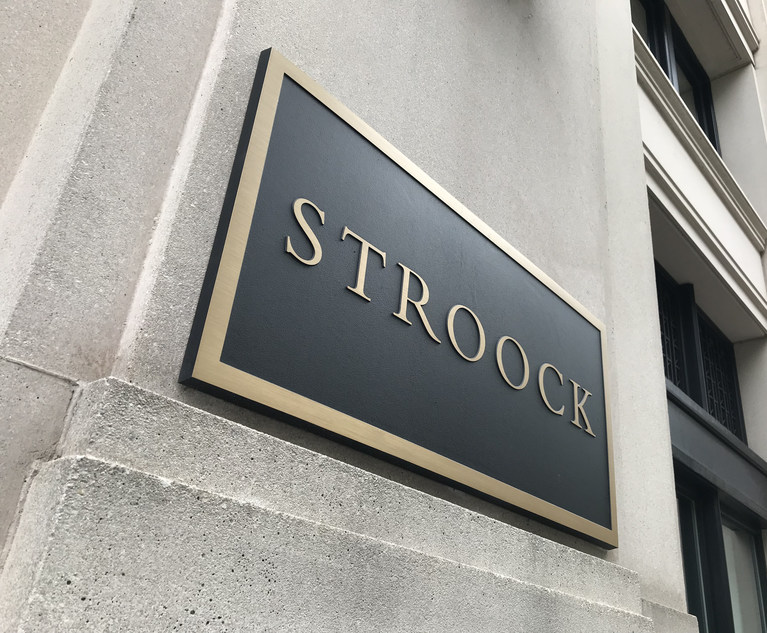Recently, Hugh A. Simons wrote for American Lawyer an enticing argument advocating elite law firms increase their rates. In one striking comment, Simons suggests elite law firms jettison any and all commodity services. In justifying his position he states “… managing businesses with dramatically different fund strategies requires ambidexterity few trained business leaders, let alone lawyers, possess.” While catering to high-end needs may certainly simplify operational management, the practicality of this approach is limited to no more than a handful of truly elite firms—leaving the vast majority of firms—including some of today’s highest performers— demanding a different modus operandi.
The market for legal services today is not the same as it was in 2007 (the year from which Simons conducts his rate analysis.) Increased price transparency, more sophisticated in-house counsel and technological advances have dramatically—and permanently—shifted the way in which buyers acquire legal services. Whereas in the past clients took the lead from law firms in defining high-end practices worthy of premium rates, today’s clients have the tools and information to make smarter, wiser purchase decisions. Does this insight more greatly impact the lower-end of the services spectrum? Perhaps. Yet it also changes the dispersion of legal services. Consider the below graphic illustrating the evolution of the legal services spectrum.



 Marcie Borgal Shunk.
Marcie Borgal Shunk.




